What if wastewater treatment plants were part of the solution for increasing energy efficiency and limiting impacts on the climate? These energy-intensive plants, which use between 1% and 3% of global energy production according to the International Water Association, are seeing their roles changing, with some now acting as biorefineries.
Issue at stake
High energy costs for wastewater treatment plants
Objective
Make plants self-sufficient and reduce climate emissions
Veolia solution
Introduce energy efficiency, microgrids and use of self-produced biogas
Share of global energy consumption of wastewater treatment plants (IWA -International Water Association estimate)
Veolia's annual energy consumption, 70% of it for water treatment and wastewater services
Global warming potential (GWP) of methane over 100 years compared to carbon dioxide. This reaches 84 to 86 over 20 years (source: UN)
Amount of Russian gas used in France that could be replaced by energy from organic waste (green waste and sewage sludge)
IN RIALTO, A SOLAR MICROGRID ON A WASTEWATER PLANT
In California, Veolia employees have come up with an innovative microgrid solution that uses a unique combination of biogas cogeneration, solar power and backup battery storage. The city of Rialto is situated just east of Los Angeles and Rialto Water Services provides water and wastewater treatment to 100,000 people. In 2013, a 30-year concession agreement was signed between the City of Rialto and Veolia. Last year, as part of this contract, the microgrid solution was announced. “Veolia is working with its clients to invest and think boldly and creatively to protect our resources,” says Veolia Senior Executive Vice President in North America, Frédéric Van Heems. “The WWTP in Rialto, California, is a good example of how municipalities can take positive steps toward a greener future by being more energy efficient and by using a microgrid power source.” This project is expected to cost $15 million once completed in 2024, with no funding coming from increased taxes in the local community. Instead, the costs are being absorbed into the 30-year agreement. It will include a 360- kw reciprocating engine that will run on the biogas generated from treating the wastewater using anaerobic digestion technology. Additionally, there will be a 1.6-MW solar photovoltaic system and a 2.5-MWh lithium-ion battery that can run for four hours before needing to be recharged. The plant can therefore run self-sufficiently and can operate during power outages. Any excess energy produced can also be sold on the grid to raise additional revenue. No natural gas will be used and 600 metric tonnes of CO2 emissions will be saved every year.
There are other environmental benefits, says Frédéric Van Heems : “Besides the positive impact the project will have on energy efficiency and resilience, it will also contribute significantly to protecting crucial natural resources in the area. The wastewater treatment plant is located near an environmentally sensitive waterway which supports a population of endangered Santa Ana sucker fish."
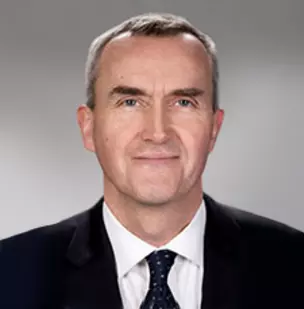
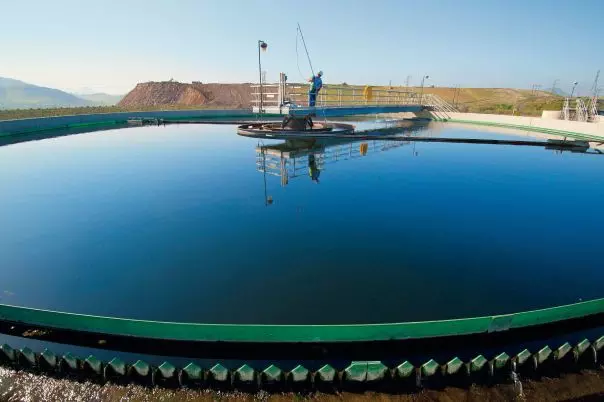
GREEN ENERGY FROM SLUDGE IN KUBRATOVO
Near Sofia, Bulgaria's capital city, Veolia operates one of the largest WWTPs in the Balkan region. Historically, it has consumed between 16,000 and 24,000 MWh of electricity per annum. In 2009, combined heat and power (CHP) units were installed that used the biogas produced by anaerobic digestors to generate 23,600 MWh in 2021. When combined with measures introduced in 2017 to reduce the facility's energy consumption, a 16% green energy surplus was produced over and above operational needs. “In Central Europe, the historic way to get energy resources was using coal and gas,” says Veolia Senior Executive Vice President, in Central & Eastern Europe, Philippe Guitard. “Now with the war in Ukraine, the price of energy soared. By being self-sufficient, we aren't facing these higher costs but are able to sell excess electricity to the grid and provide biofuel for our vehicle fleets. Methane is around 30 times more climate-damaging than CO2, so treating water in this way and turning it into biogas to generate electricity is a very clever solution that helps to mitigate climate change.”
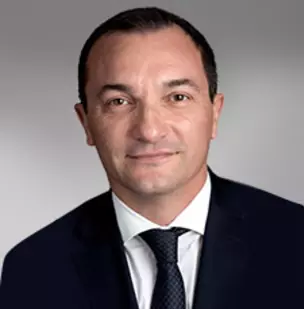
WASTEWATER PLANTS GENERATE BIOMETHANE
Strategically, Veolia recognizes that it needs to reduce both the cost and climate impact of the WWTPs it operates as well as looking at whether it might be more efficient to provide a clean biogas from the methane produced that can be injected into gas grids. According to Geneviève Leboucher, Veolia Senior Vice President in charge of Access to Water and Sanitation, Veolia's electricity consumption is 7 TWh per year at a cost of €750 million. 70% of it comes from providing water and wastewater treatment. “All of territories where Veolia works are facing the same economic issues with the cost of energy, and more and more of them are concerned about climate change,” she says. “The energy crisis pushed us to speed up our energy reduction as we had to manage our costs. But it is also a business opportunity for us as there is potential to develop biomethane capacity and find other sources of feedstock for our existing treatment capacity to enable us to maximize biomethane production. Very often, this is usually used on site to produce energy and heat, but if we look at the bigger picture, it might be more efficient to clean the gas and inject it into gas networks for other local uses, such as residential.” By taking this approach, more WWTPs operated by Veolia will be able to produce local, affordable and sustainable gas that can be used for homeheating and cooking.
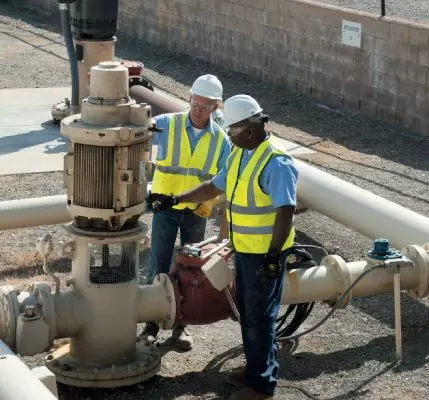
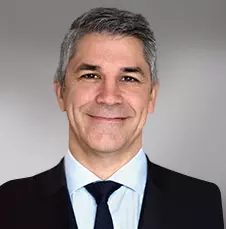
You have announced that Veolia’s services in France will be energy-independent within five years. How are you going to meet this target?
Jean-François Nogrette: By leveraging every margin for maneuver our expertise and business lines can generate. First of all, we will increase our own energy production of 100%-local energy, 80% from the circular economy, 20% from solar. We will fit photovoltaic panels at sites where this is possible, increase production of biogas from organic waste and sludge from wastewater treatment plants, and boost energy production from solid-recovered fuels sourced from non-recyclable waste. In this way, we will produce over two terawatt-hours (TWh) of energy, equivalent to the amount of power needed to fully cover the energy use of our services at present. We then intend to pool all our in-country waste and energy streams, meaning we will be the first to use the energy we produce. This means we will lock in our energy supplies and costs, which will then be very largely immune to price volatility in the energy market. Lastly, we will cut our energy use, by replacing all our most power-hungry equipment, using the digital tools that Hubgrade offers and, of course, placing our faith in the insights and operational experience of our teams in the field. This is the mindset behind our commitment to the EcoWatt energy forecasting program designed by RTE and the ADEME.
What are the benefits of exploiting biogas from wastewater treatment plants, and to what extent has this been developed in France?
J.-Fr. N.: It is estimated that France could reduce its reliance on Russian gas by 25% - the country currently imports around 17% of its gas from Russia - if we produced biomethane from all our organic agricultural waste and local water resources. Veolia is working hard to increase the amount of biogas produced in France, particularly for injection into the gas grid. We have developed a membrane-based technology to purify the biomethane extracted from biogas.
What more can be done to develop infrastructure in France?
J.-Fr. N.: Much remains to be done. The gas distribution network is slowly becoming a biomethane collection network, a process that still has much untapped potential. In France, no more than 15% of our major wastewater treatment plants are fitted with digesters for producing biogas, compared to 100% in Switzerland. French regulations prevent us from mixing sludge from WWTPs with food and green waste, a practice permitted in other European countries. Lifting this ban would allow us to double the quantity of biogas produced by existing digesters. We need to pick up the pace if we are going to meet the government’s target of biogas independence in 2050.
A scientific and industrial partnership for CO2 recovery
SIAAP is the Greater Paris Inter- departmental Sanitation Authority and is the largest public sanitation service in Europe. CEA is France’s Atomic Energy and Alternative Energy Commission. Collège de France is a scientific institute. Veolia, SIAPP, CEA and Collège de France are working together on a research project to capture CO2, particularly from the biogas from WWTPs, and convert it into formic acid, methanol and methane. Formic acid can be used to treat nitrogen in WWTPs and make energy generation even more efficient. When biomethane is burned to generate electricity, the nitrogen acts as an inhibitor reducing its combustion properties. By removing this nitrogen, it is therefore possible to extract more energy from pure CO2. It is hoped that within three years a pilot facility will be up and running to test this technology, which can potentially be used in WWTPs, but also in anaerobic digestion and waste incineration facilities.


